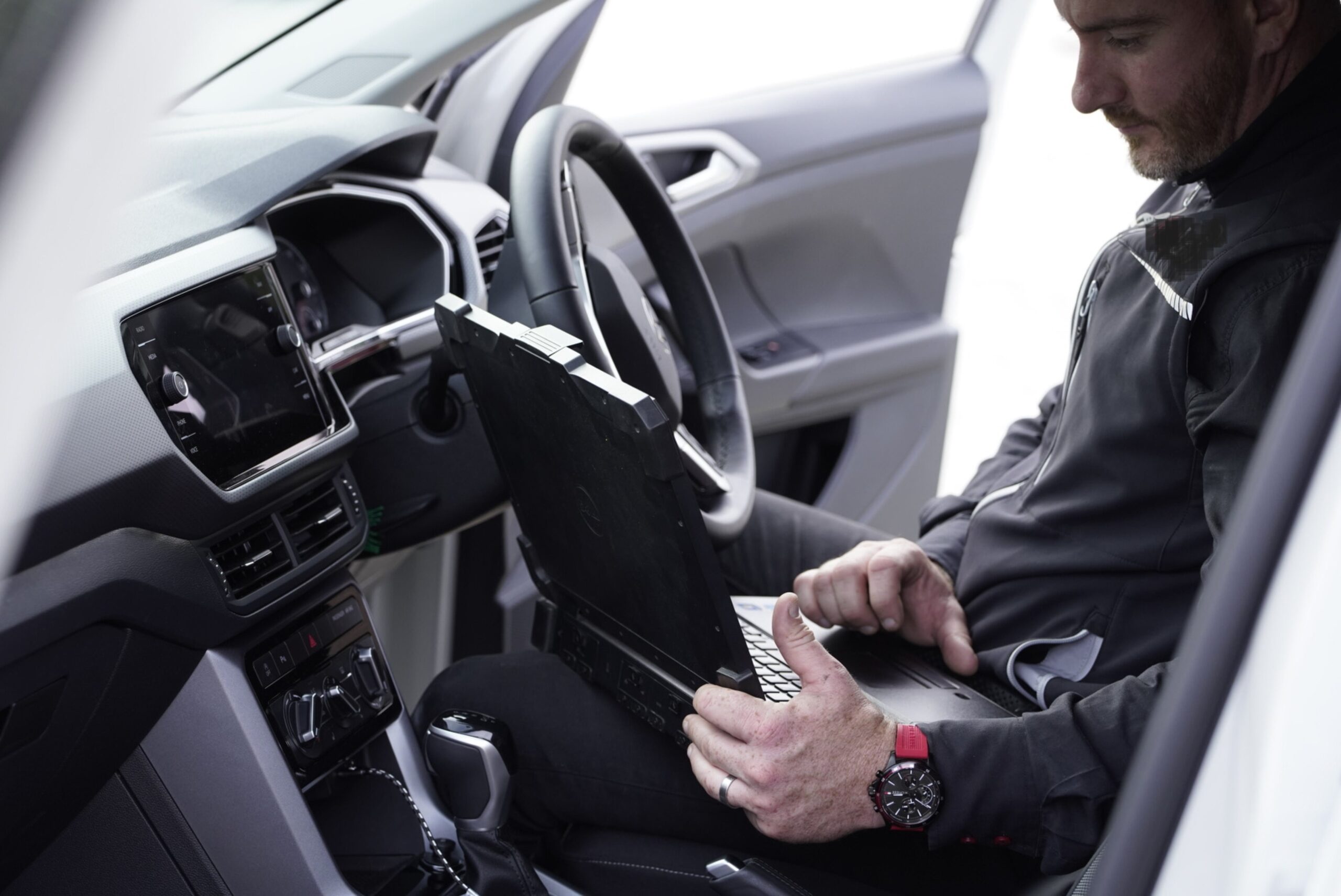
Ignition Replacement
Add a review FollowOverview
-
Founded Date 16 Tháng 5, 2012
-
Sectors Restaurant / Food Services
-
Posted Jobs 0
-
Viewed 33
Company Description
You’ll Never Guess This Ignition Barrel Repair’s Tricks

Car Ignition Barrel Repair: A Comprehensive Guide
Car ignition barrels are vital parts of a car’s ignition system. They house the ignition key mechanism, allowing drivers to start their engines. Gradually, wear and tear can lead to ignition barrel failure, demanding repairs and even replacement. This post covers the important aspects of ignition barrel repair, guaranteeing lorry owners are educated about the process, possible issues, and solutions.
Comprehending the Ignition Barrel
Before discussing repairs, it’s important to comprehend the ignition barrel’s function and structure. The ignition barrel, likewise called the ignition switch, includes a number of key parts, consisting of:

- Cylinder: The part where the key is placed.
- Pins: Mechanisms that connect with the key to enable or disable ignition.
- Barrel real estate: The outer shell that safeguards the internal elements.
- Electrical ports: Wires that link to the car’s ignition system.
Typical Issues with Ignition Barrels
Ignition barrels can come across numerous problems that impact their efficiency. A few of the most typical issues consist of:
| Issue | Description | Potential Causes |
|---|---|---|
| Key Won’t Turn | Trouble in key rotation or total failure to turn | Worn pins, dirt, or rust |
| Ignition Sticking | Key gets stuck in the ignition barrel | Key misalignment or damage |
| Electrical Failures | Engine stops working to begin due to electrical concerns | Faulty connectors or circuitry |
| Wear and Tear | Indications of physical wear on the barrel | Constant use and age |
Medical diagnosis: Identifying the Problem
Before undertaking any repairs, it is essential to diagnose the concern precisely. Vehicle owners need to follow these steps:
- Inspect the Key: Check for signs of wear, flexing, or damage.
- Examine the Ignition Barrel: Look for visible indications of damage or particles.
- Check for Electrical Issues: Ensure that the electrical adapters are in excellent condition and appropriately connected.
- Test the Key Rotation: If possible, effort to rotate the key to evaluate resistance or sticking.
Repairs and Solutions
As soon as the problems have been identified, vehicle owners can select from a number of repair methods:
1. Cleaning Up the Ignition Barrel
In some cases, the issues develop from dirt, dust, or particles accumulation. In this case, cleaning the ignition barrel is the initial step:
- Gather Supplies: Use a cleaning solution, a small brush, and compressed air.
- Take Apart the Barrel (if essential): Carefully disassemble the ignition barrel, keeping in mind the order of components.
- Clean Components: Use the brush and cleaning option to get rid of dirt. Wash with compressed air to remove residues.
- Reassemble: After cleaning, carefully reassemble the parts.
2. Lubrication
If the ignition barrel is sticking, lubrication might fix the problem:
- Choose the Right Lubricant: Use a graphite-based lube for car locks.
- Apply Lubricant: Insert the key and spray a percentage of lubricant into the ignition barrel.
- Turn the Key: Rotate the key back and forth to distribute the lube evenly.
3. Taking On Electrical Issues
For electrical problem diagnosis and repair:
- Inspect Wiring: Look for damaged or frayed wires. Replace any faulty electrical wiring.
- Test the Switch: Use a multimeter to check the ignition switch’s connection. If it stops working, replacement is required.
4. Replacement
In some cases, repair isn’t feasible, and replacement is the finest alternative:
- Purchase a New Ignition Barrel: Ensure compatibility with the lorry’s make and design.
- Eliminate the Old Barrel: Follow the manufacturer’s standards for eliminating the ignition barrel.
- Install the New Barrel: Carefully set up the brand-new barrel, ensuring all elements are linked correctly.
Maintenance Tips for Ignition Barrels
Maintaining the ignition barrel can prevent future problems. Lorry owners can use the following practices:
- Regular Cleaning: Periodically clean the ignition barrel to prevent particles accumulation.
- Use the Right Keys: Avoid utilizing used or bent keys that might damage the locking system.
- Monitor for Signs of Wear: Regularly inspect for indications of wear, such as trouble in turning or sticking.
Pros and Cons of Ignition Barrel Repair
| Pros | Cons |
|---|---|
| Economical compared to full replacement | May just offer a temporary solution |
| Maintains the original ignition system | Needs some mechanical knowledge |
| Can be finished quickly with the right tools | Prospective for further complications if not done correctly |
FAQs About Car Ignition Barrel Repair
What are the indications of a stopping working ignition barrel?
Typical indications consist of problem turning the key, the key getting stuck, and intermittent electrical faults.
How can I preserve my ignition barrel?
Frequently tidy the barrel, check for indications of wear, and utilize the appropriate key to lower pressure on the locking mechanism.
Is it safe to repair the ignition barrel myself?
If you have fundamental mechanical abilities and the needed tools, it is safe to perform small repairs. However, for significant electrical problems or if you are unfamiliar with the procedure, seeking advice from an expert mechanic is advised.
How frequently should I replace my ignition barrel?
There is no particular timeframe for replacement; it depends on use and wear. Needing repairs regularly may indicate that the whole unit ought to be changed.
Fixing a car ignition barrel might appear complicated, but with a correct understanding of the mechanics and some DIY spirit, vehicle owners can save time and cash. By acknowledging early indications of failure and adhering to routine upkeep practices, the longevity and functionality of the ignition barrel can be significantly boosted. A well-kept ignition system not just enhances the benefit of driving however also contributes to continuous vehicle safety and dependability.


